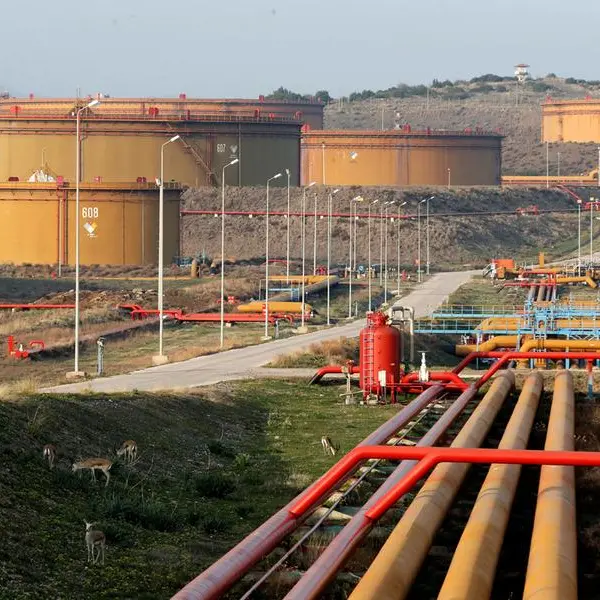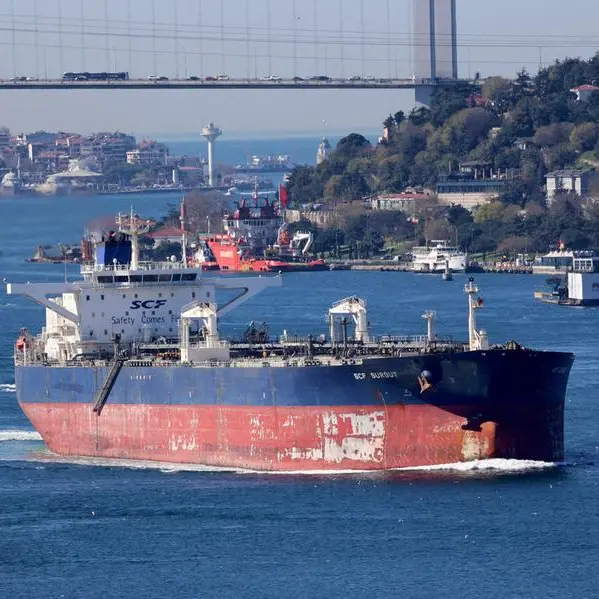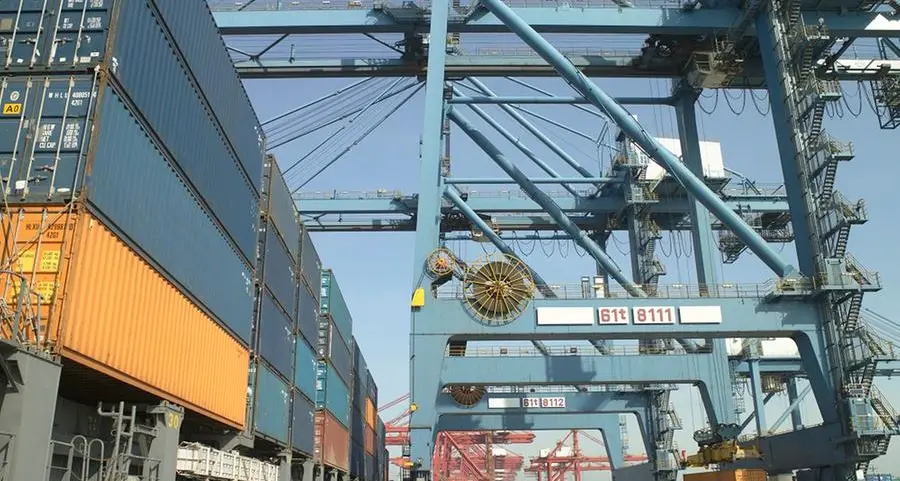PARIS, March 21, 2007 (AFP) - Following are facts and figures about water scarcity.
- Water scarcity is defined as water availability of less than 1,000 cubic metres (35,000 cu. feet) per person per year. Many regions suffer chronic scarcity, defined as water availability of less than 500 cu. m. (17,500 cu. ft.) per person.
- Water consumption rose sixfold in the 20th century, but per capita distribution today is plummeting. In 1950, consumption was 16,800 cubic metres (588,500 cu. feet) per person; in 2000, it was 7,300 cu. metres (255,500 cu. ft.) In 2025, when the world's population is expected to be eight billion, it will be 4,800 cu. metres (168,000 cu. ft.) per person.
- Water consumption in residential areas varies from 10-20 litres (2.2-4.4 gallons) per person per day in sub-Sarahan Africa to 200 litres (66 gallons) in Europe and 350 litres (77 gallons) in North America and Japan.
- Population growth, waste and industrial pollution are the biggest causes of water scarcity.
- By 2025, two-thirds of the world's population will live in countries with serious water supply problems, especially North Africa, Middle East and West Asia.
- Competition for water supplies has major potential for conflict as countries, or even regions within a country, squabble over extraction rights from rivers and lakes.
- Climate change will add significantly to water stress, as it will change rainfall patterns and shrink snow and ice cover that feed rivers.
(Sources: 2nd UN World Water Development Report, 2006; UN Environment Network; Intergovernmental Panel on Climate Change, IPCC; World Water Council).
ri/bm
Environment-water-climate




















